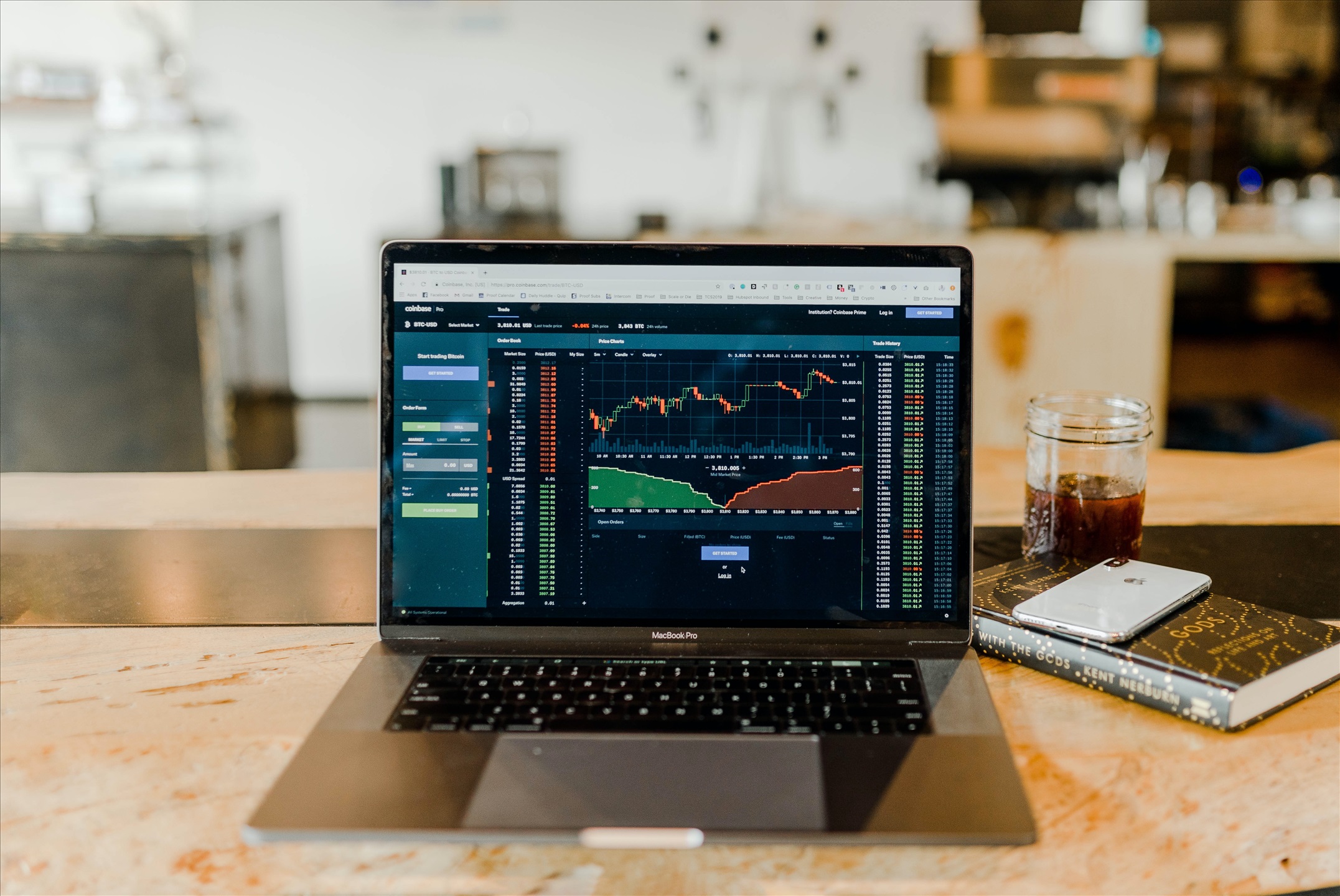
Note: This is a guest post written by Jamee Andrews
Artificial intelligence is very much a part of our reality today. This super-sophisticated technology has swept across and transformed every industry in the world. Inevitably, robotics and machine learning have had a huge impact on the foreign currency market too.
Today, the foreign exchange market is worth $1.93 quadrillion. According to recent studies, the market is worth a whopping $5.3 trillion a day! Foreign exchange trading pairs are diverse; low fees, excellent liquidity, simple entry, and no central regulators make traders want to join. But there are risks associated with the market’s pricing mechanism too, and there is a great deal of volatility as well.
Studies suggest that almost 90% of all forex trading is done using trading robots, thanks to AI. Using this technology, they can analyze trading data in real-time, assess live performance, and trade faster. In fact, there are many profound ways in which AI has revolutionized the forex market.
AI and Predictive Analytics
AI in the currency market has several advantages, including machine learning and predictive analytics.
A predictive analytics model predicts market movements based on existing data and algorithms. Predictive analytics enables large volumes of data to be analyzed quickly and with fewer errors than when performed manually. Traders may be able to focus more on developing data-driven trading strategies by using artificial intelligence technologies. Although many processes are automated, human decision-making still plays an essential role in most cases. Investors should also be familiar with the basics of forex trading to reap Artificial Intelligence’s benefits.
Using predictive analytics in the currency market is demonstrated excellently by Nikkei, a Japanese company. Using artificial intelligence, participants attempted to predict the next month’s exchange rate in a Dollar-Yen derby held every three months. The AI program accessed various data sources, including company publications, industry trends, market movement, and commodity prices.
According to recent surveys, over half of all forex traders are millennials. Having grown up in a technologically advanced society, they are outliers when it comes to the use of technology. A third of forex traders locate and compare brokers using their cell phones. Given these eye-opening findings, it should not be surprising that mobile trading platforms are prevalent in the foreign exchange (FX) industry.
Less chance of failure
According to forex traders, having so much data would help them trade better and make more money.
At first glance, it doesn’t seem to make sense, but there’s more to it than meets the eye. It’s one of the most common problems traders face when gathering data and figuring out which data is the most relevant. One of their biggest problems is that they don’t know what to do with the information they get.
This leads them to rely on irrelevant or incorrect information, which negatively affects their trading strategy.
You can spot problems more quickly with real-time analysis, fix them more quickly, and analyze price movements better when using real-time analysis. In real-time, Machine Learning can provide greater insights into the market and allow you to adapt your trading strategies accordingly.
A forex trading strategy would not be complete without using stop-loss orders. Stop-loss orders are one of the strategies used by forex traders to minimize losses while selling their securities at the highest possible price. Having this function working correctly in the often volatile forex market can save you many headaches in the future.
There’s a future for artificial intelligence in Forex trading. Artificial intelligence is highly beneficial to forex traders on many levels. Analyzing large amounts of data for you leverages current statistics and trends to make better market predictions. By leveraging innovative technology, users of all devices can have a seamless and engaging Forex and CFD experience no matter their device type.
According to JPMorgan, 60% of all forex deals totaling $10 million were handled by algorithms or forex robots in 2020. The total volume of automated trading is expected to grow to $19 billion by 2024, from $4 billion today.
There is a strong trend toward algorithm-aligned trading techniques on US exchanges, and algorithms facilitate more than 80% of trading activities.
With AI and machine learning technology, investors and traders worldwide can streamline their trading choices, achieve their trading goals more efficiently, and minimize their exposure to various risks.
https://www.cravingtech.com/how-has-ai-transformed-forex-trading.html
2022-08-03 13:19:54Z
CBMiRWh0dHBzOi8vd3d3LmNyYXZpbmd0ZWNoLmNvbS9ob3ctaGFzLWFpLXRyYW5zZm9ybWVkLWZvcmV4LXRyYWRpbmcuaHRtbNIBAA
Bagikan Berita Ini














0 Response to "How Has AI Transformed Forex Trading? - Craving Tech"
Post a Comment